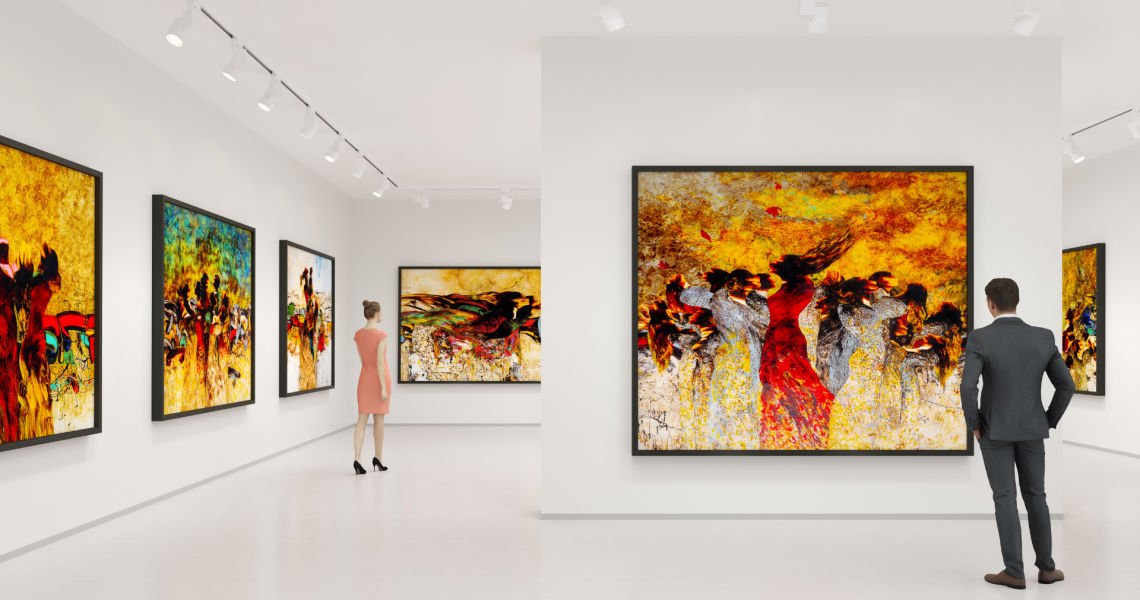Arts are an important way to express ourselves and communicate with each other. And, as technology continues to change, so do the ways we communicate. As digital artists, we often see technology as a place we can use to create new forms of art, specifically computer graphics. But, what if we combine art and technology? We create digital art that we can share with people to enjoy.
There’s a new art space on every corner when it comes to art. For most of us, art is defined in terms of what we see, hear, and touch, but the field of art extends far beyond what many think of as traditional art. According to the Smithsonian, art encompasses “everything from photographs to paintings to sculptures.” Thanks to advances in digital photography and the internet, artists have more opportunities than ever to present their work, and museums are increasingly embracing art that doesn’t fit their defined genres.
If you are an artist, you are probably familiar with the process that takes your work from your hands to galleries and museums. But do you know what it takes to make that journey? And are you ever allowed to see what museums consider art? The process usually begins with a gallery, where curators see your work and try to sell it. Then, if a sale is made, your work will get added to an exhibition. Next, your job is reviewed and considered. If chosen, it will then be selected to be exhibited at a museum.
There are about 800,000 museums in the United States, and about 4,000 of them call Philadelphia home. So how did my arts make it to the Art Museums of Philadelphia, The Barnes Foundation, the Smithsonian American Art Museum, and The Franklin Institute? Here are some answers to that question.
Work on being noticed
One of the most important steps in creating art is getting your work noticed, and what better way to do that than to get it seen by the right people. Your ultimate goal should be to have your art in a museum, but before trying to get your work accepted, you need to determine where to focus your energy.
Have the ability to explain your work
By its very nature, the art market is competitive, and when you think about it, the idea of getting your work seen and purchased by a curator like you is pretty amazing. But, art isn’t simply sold; it’s made. So, how do you get your work inside a museum? You need to be able to explain it, and that, my friend, is the work that goes into being an artist.
The artist is choosing this medium because it is the best means for their art and because, as this survey shows, artists are expressing themselves visually more than verbally. This doesn’t necessarily mean that verbal expression should completely disappear as visual artists will benefit from expanding their communication skills and presentation abilities.
Make good art fast
The art world is a cutthroat arena, and it’s especially brutal for young artists trying to break into the field. Artists are trying to make a living off their creative endeavors, which is difficult enough, but they also have to compete against professional artists who are paid millions for their work.
Making good art fast so that you can get it to a museum is an idea that comes up a lot in the art world. But what does it mean? There are a ton of factors that go into this, though. Usually, if you want to submit something to a museum, it means you have a unique piece.

